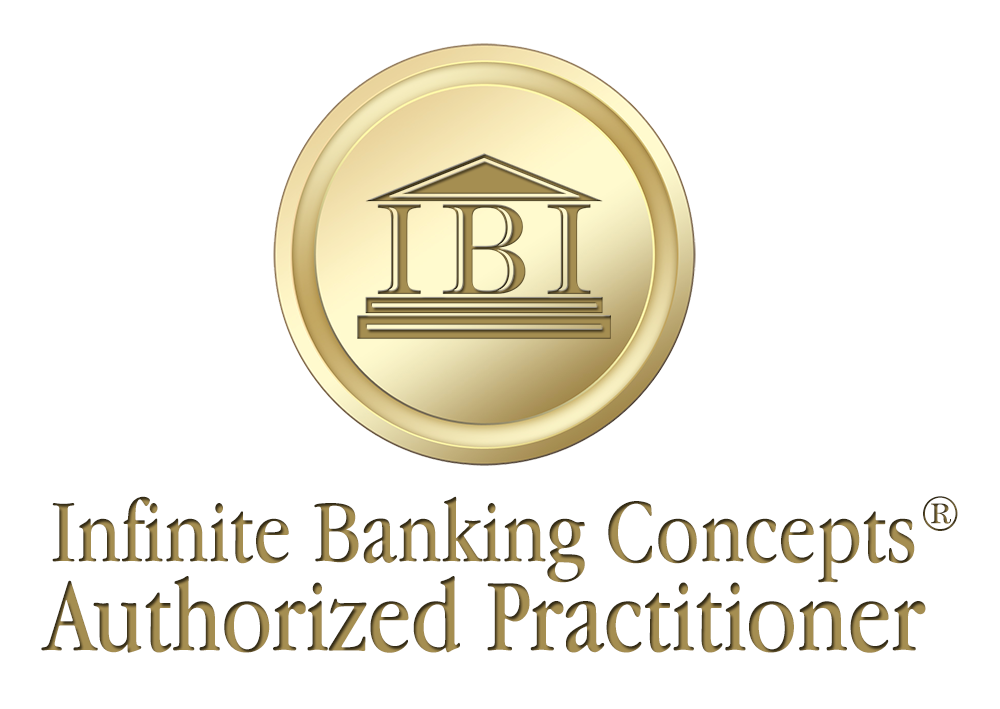The “New” Old Fashion Way
The New Old Fashion Way
In the popular Christmas jingle “Dancing around the Christmas Tree” a line says “we’ll celebrate in the new old fashion way.” Well how about handling our money in the “new old fashioned way?”
What does that mean? First we have to take a look at the way Americans handled money 40 or more years ago. Personal checking was on the scene, but cash was the predominate exchange mode. Credit was limited to major capital purchases. Credit cards were not in everyone’s pocket. Fact is they were in no one’s pocket. Loans were collateralized with savings accounts. People saved money not invested it. What does that mean? Savings unlike investments are not subject to loss.
Forty years ago only relatively wealthy people had money in the stock market. Then in the 80’s mutual funds and tax qualified programs (IRA, 401k etc.) were introduced. The financially average person could put money in these programs with the promise of “wonderful returns.” Greed set in, caution was abandoned and those little warning bells in that back of our heads were ignored. Sells people skirted around reality with phrases like, “the market has averaged X% for the last X years,” and “you can save on taxes on money you put away now and when you retire you will be in a lower tax bracket,” (another way to say this is plan for failure so you can be in a lower tax bracket) and “the market will average X months of gain and then X months of loss, just hang on.”
What has been the result of this shift? Money managers have made fortunes. Investors have lost fortunes. The markets short history has never predicted the future. Qualified plan holders have found that the tax on withdrawals from their plan is significant. They have to make withdrawals or the IRS will do it for them with penalties. If they want to pass any of this money on to a loved one, go ahead, as long as you pay the IRS first! They didn’t realize that the government was a partner in their IRA or 401k plan.
So if you still have time left in your working years, look carefully at the “old fashioned way.” Save in such a way that you will have the liquidity, use and control of your money.
Some numbers might help demonstrate the point. Let’s say we need to buy a car and we have $20,000 saved up. Do you pay cash for a $20,000 car or do you use the savings as collateral and secure a loan against the savings, allowing them to continue grow at interest? We have to make some assumptions to show this. The savings are gaining 4% for the term of the car loan pay off, five (5) years. The interest on the loan is 5% resulting in $375.52 monthly payments or $22,551.52 in total principal and interest paid. But wait, your savings account has grown to$24,333.06. You are ahead by $1,781.54. If you continue this cycle of saving $20,000 every 5 years to buy a car over the next 25 years your account will be at $0. By leaving the initial $20,000 in the savings account to gain interest, and use loans to purchase cars, the savings will grow to $53,317. Oh and by the way if during the time something in your life prevented you from making the loan payment you have the savings to fall back on.
Now to many this looks like “debt,” and we all know about that. But is it really? If I have a reserve of $20,000 in a safe, liquid account gaining interest and a $20,000 amortizing loan. Am I in debt? This is much different than having no money in reserve and a $20,000 loan. The intuitive thinker will realize the difference in this age old strategy.
Yes the old fashioned way seemed to be a much more relaxed way for people to handle money.


Leave a Reply
Want to join the discussion?Feel free to contribute!